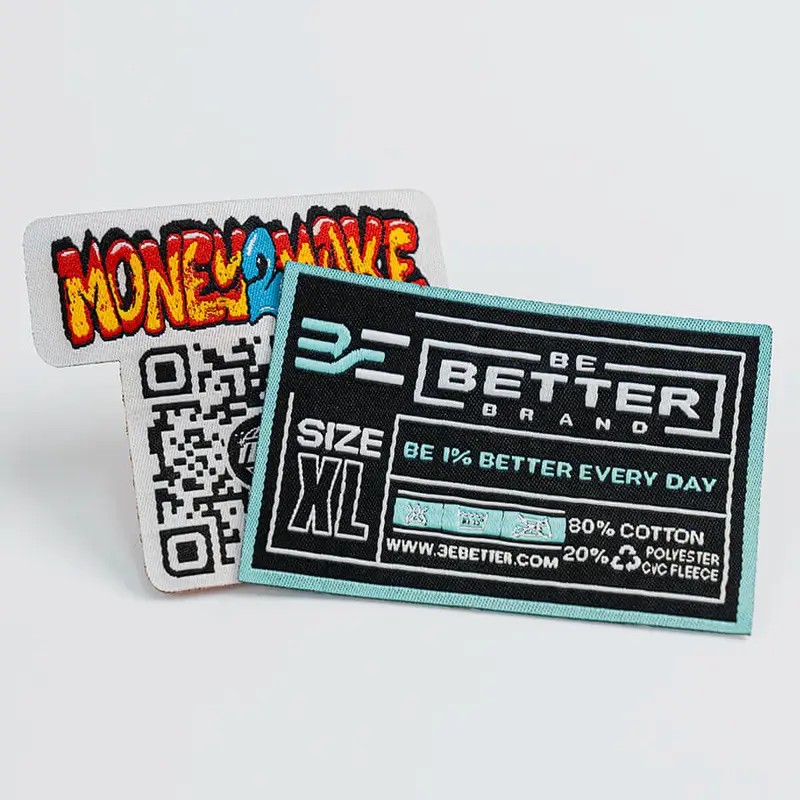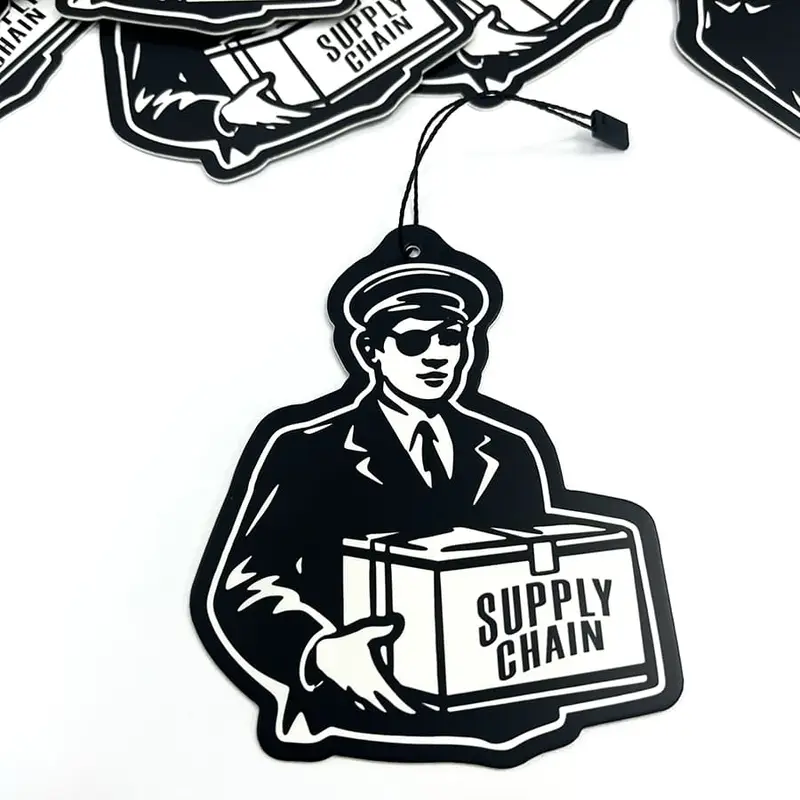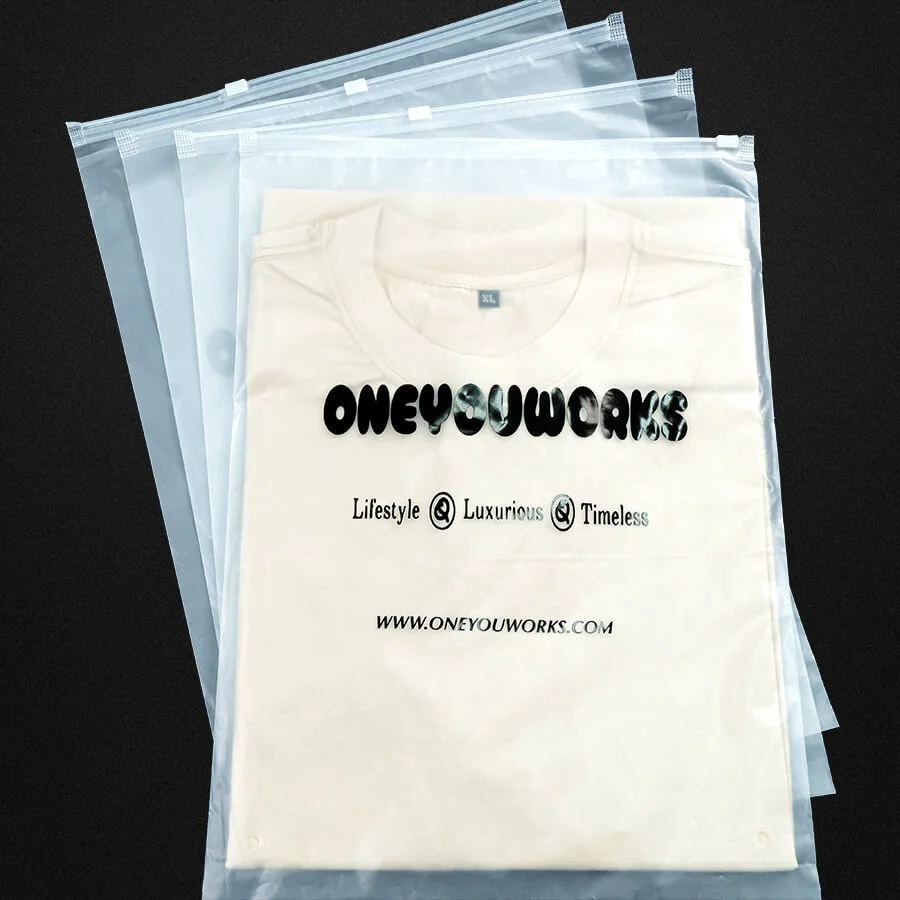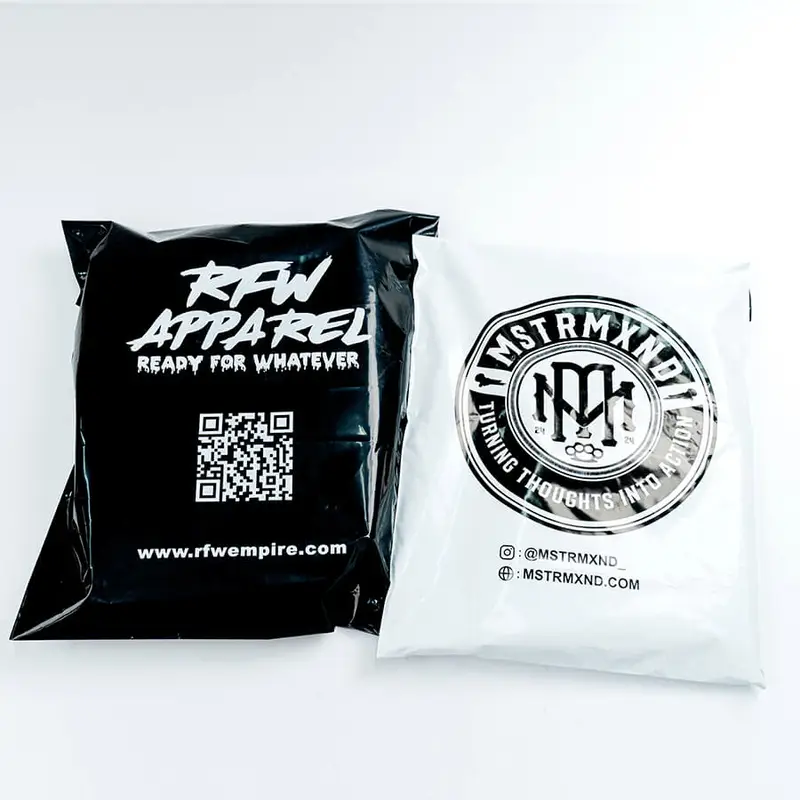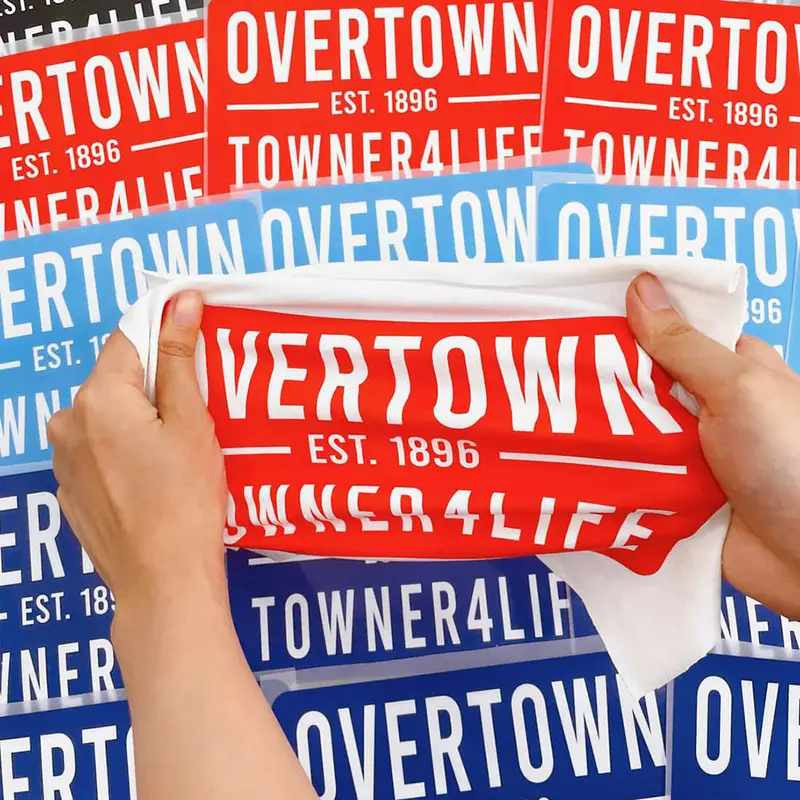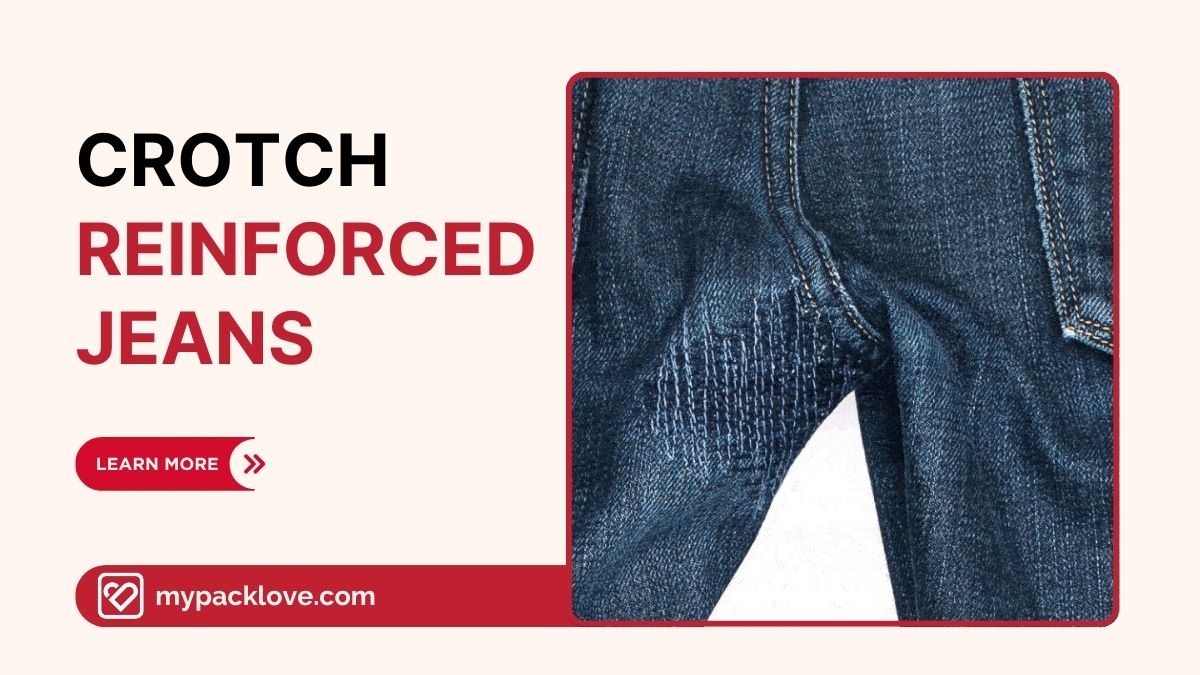Are Poly Mailers Biodegradable? Eco-Friendly Alternatives & FAQs
The question of sustainability is paramount for online sellers and individuals alike, who are increasingly seeking eco-friendly packaging alternatives to minimize their carbon footprint. This guide clarifies the biodegradability of standard poly mailers, explores sustainable alternatives and provides practical tips for responsible disposal and waste reduction. Let’s read!
1. Understanding Poly Mailer Biodegradability
1.1 What are Poly Mailers Made Of?
The vast majority of poly mailers are made from polyethylene (PE). This is a type of plastic. Polyethylene is a popular choice for packaging because it offers excellent durability, water resistance and a relatively low cost. There are different types of polyethylene used in poly mailer production, each with slightly different properties:
- LDPE (Low-Density Polyethylene): Generally more flexible and less rigid than HDPE. Often used for thinner, more pliable poly mailers.
- HDPE (High-Density Polyethylene): More rigid and durable than LDPE. Frequently used for thicker, more robust poly mailers.

1.2 The Truth About Biodegradability
It’s crucial to understand that standard poly mailers made from polyethylene are not biodegradable. Biodegradability refers to the ability of a material to be broken down by microorganisms into natural substances under natural environmental conditions. Polyethylene, however, is a very stable molecule and resists this breakdown process. Consequently, discarded poly mailers persist in the environment for many years, contributing to plastic pollution.
The long-term environmental impact of non-biodegradable plastics accumulating in landfills is significant. These plastics don’t decompose readily, occupying valuable space and potentially leaching harmful chemicals into the surrounding soil and water. Therefore, the use of standard poly mailers raises important environmental concerns.
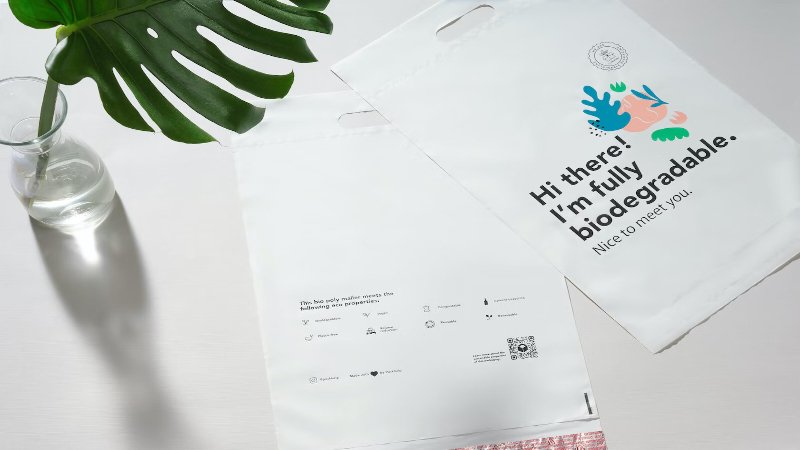
2. Eco-Friendly Shipping Alternatives
2.1 Biodegradable and Compostable Mailers
For environmentally conscious shipping, biodegradable and compostable mailers offer a significant improvement over traditional polyethylene options. While both terms relate to breaking down the material, there’s a key difference:
- Biodegradable: Breaks down naturally over time through the action of microorganisms. The breakdown process may still take considerable time and the resulting byproducts might not always be entirely harmless to the environment.
- Compostable: Breaks down into nutrient-rich compost under specific composting conditions, typically industrial composting facilities. This results in soil enrichment rather than harmful waste.
2.2 Reusable Packaging Options
Transitioning to reusable packaging is a crucial step in creating a more sustainable and circular economy. By reducing our reliance on single-use materials and minimizing waste sent to landfills, we can significantly lessen the environmental impact of shipping. This shift can be achieved through several key strategies. One effective approach is utilizing mailers crafted from recycled materials. These mailers directly contribute to reducing the demand for virgin materials and effectively divert waste destined for landfills.
Another impactful option involves adopting durable fabric mailers. These robust mailers are designed for extended use and can be reused multiple times, providing a substantial decrease in the need for disposable packaging. This reusable approach is especially beneficial for businesses that frequently ship products, offering a long-term solution for eco-conscious packaging needs.
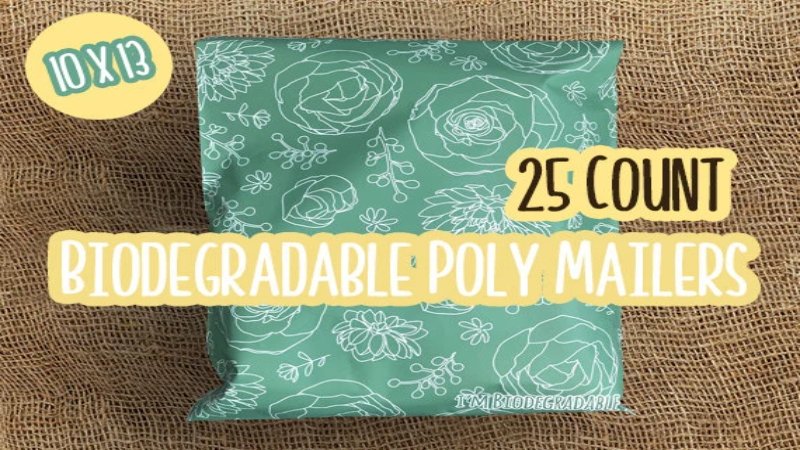
2.3 Paper-Based Alternatives
Paper-based alternatives such as paper mailers, corrugated mailers and cardboard envelopes, provide a more sustainable option compared to plastic poly mailers.
| Advantage | Limitation |
|
|
3. Recycling and Proper Disposal of Poly Mailers
3.1 Can Poly Mailers be Recycled?
The recyclability of poly mailers depends significantly on your local recycling program and the type of polyethylene used in their manufacture (LDPE or HDPE). You can do this:
Firstly, before attempting to recycle your poly mailers, contact your local recycling center or waste management provider to confirm whether they accept plastic films and what their specific requirements are. They will be able to provide clear instructions on how to recycle them including whether they accept them through curbside pickup or require drop-off at designated locations. Some stores have drop-off programs for plastic films.
Secondly, if your local program accepts poly mailers, it’s crucial to clean them thoroughly before disposal. Remove any adhesive residue, tape or labels. This helps to prevent contamination of the recycling stream and increases the likelihood of successful processing. You might need to bundle them together to ensure they don’t get lost in the recycling process.

3.2 Reducing Poly Mailer Waste
Even with recycling programs, reducing the consumption of poly mailers is essential for minimizing environmental impact. Consider these options:
- Reuse: Before discarding used poly mailers, consider if they can be reused for storage or to protect items in future shipments.
- Repurpose: Used poly mailers can be repurposed for a variety of applications from protecting fragile items to creating makeshift envelopes or organizing materials.
- Upcycling: Explore creative upcycling projects. With some ingenuity, used poly mailers can be transformed into useful and decorative items, further extending their lifespan and reducing your overall waste.
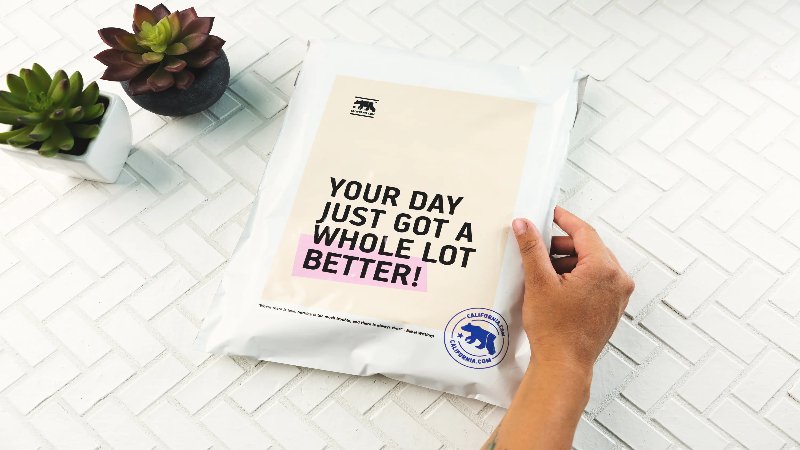
4. FAQs about “Are poly mailers biodegradable”
4.1 What are oxo-biodegradable poly mailers?
Oxo-biodegradable poly mailers are marketed as biodegradable but they break down into microplastics through oxidation, not true decomposition. This fragmentation may not be environmentally preferable and might not qualify them as a truly sustainable alternative.
4.2 Are biodegradable mailers more expensive?
Biodegradable mailers are often slightly more expensive than traditional poly mailers upfront. However, the long-term environmental benefits and potential cost savings from reduced waste management can offset the higher initial cost.
4.3 How can I choose the best eco-friendly shipping option for my business?
Choosing the best eco-friendly shipping option depends on several factors: your product type, shipping distance, budget and even customer preferences for sustainable packaging. Weigh these elements to find the optimal balance of environmental responsibility and practicality.
Read More:
- Sublimate on Poly Mailers? Your Guide to Custom Packaging
- Ship Poly Mailers with Stamps: USPS Rules, Costs and Tips
- What size Poly Mailers for hoodies? Shipping Guide & Sizes
Standard poly mailers are not biodegradable, posing environmental challenges. However, sustainable alternatives like biodegradable, compostable, reusable and paper-based mailers offer eco-conscious shipping options. Making informed decisions about your packaging choices is crucial for minimizing your environmental impact. Discover sustainable packaging solutions at mypacklove.com and make a positive impact on the environment!

